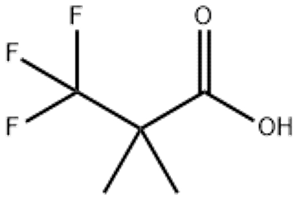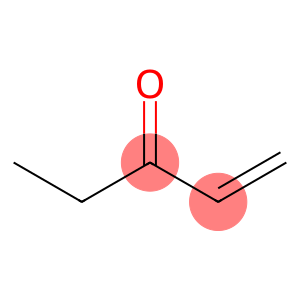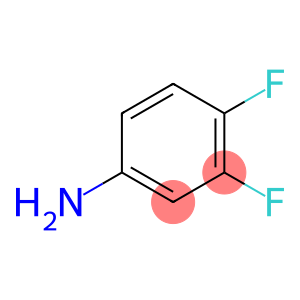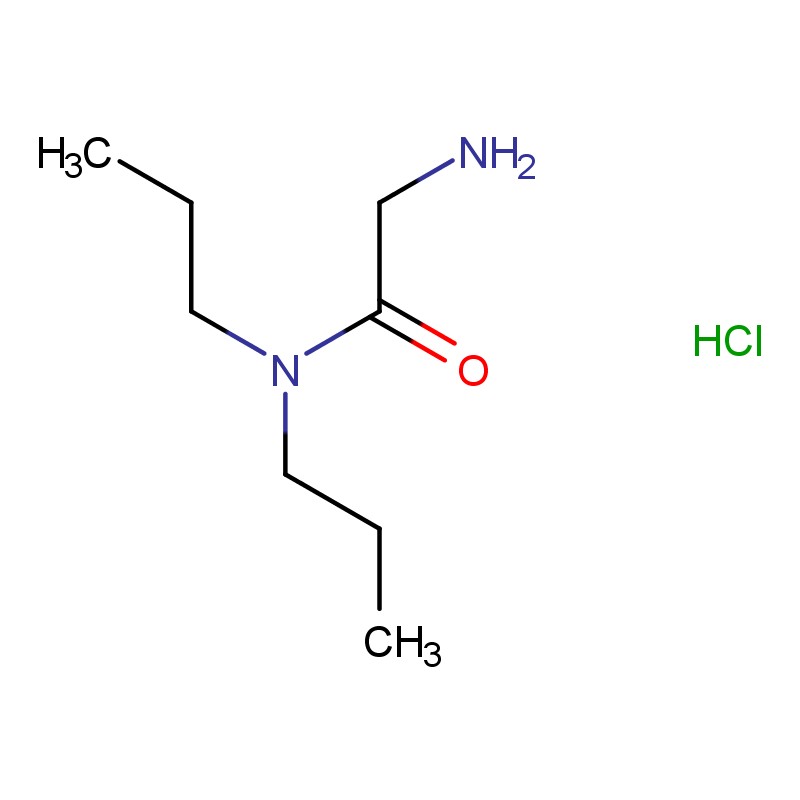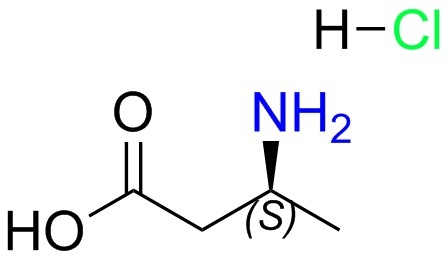3 3 3-trifluoro-2 2-dimethylpropanoic acid(CAS# 889940-13-0)
| Hazard Symbols | Xi – Irritant |
| Risk Codes | 36/37/38 – Irritating to eyes, respiratory system and skin. |
| Safety Description | 26 – In case of contact with eyes, rinse immediately with plenty of water and seek medical advice. |
| UN IDs | 3261 |
| WGK Germany | 3 |
| HS Code | 29159000 |
| Hazard Class | 8 |
| Packing Group | III |
Introduction
3,3,3-trifluoro-2,2-dimethylpropanoic acid is an organic compound with the formula C6H9F3O2. The following is an introduction to some of its properties, uses, methods and safety information:
Nature:
1. Appearance: 3,3,3-trifluoro-2,2-dimethylpropanoic acid is a colorless liquid.
2. density: its density is about 1.265 g/cm.
3. Melting point: The melting point of 3,3,3-trifluoro-2,2-dimethylpropanoic acid is about -18 ℃.
4. Boiling point: Its boiling point is about 112-113 ℃.
5. Solubility: 3,3,3-trifluoro-2, 2-dimethylpropyloic acid is soluble in many organic solvents, such as ethanol and ether.
Use:
3,3,3-trifluoro-2, 2-dimethylpropylacrylic acid has a wide range of applications in chemical synthesis and pharmaceutical industry, mainly used in the following aspects:
1. As a reagent: it can be used as a reagent for organic synthesis, such as esterification reaction and amide synthesis.
2. pharmaceutical field: 3,3,3-trifluoro-2,2-dimethylpropanoic acid plays an important role as an intermediate or reagent in drug synthesis.
3. Coating and plastic industry: It can be used as an acid catalyst and a catalyst for polymerization reactions.
Preparation Method:
the preparation method of 3,3,3-trifluoro-2, 2-dimethylpropanic acid is relatively complicated and generally requires organic synthesis technology to synthesize. Common preparation methods include trifluoroacetic acid esterification and dimethylpropionic acid esterification.
Safety Information:
1. 3,3,3-trifluoro-2,2-dimethylpropanoic acid is an organic acid, which is irritating and corrosive. Safety precautions should be paid attention to when using it.
2. Avoid contact with skin and eyes, wear protective gloves and goggles if necessary.
3. avoid inhalation of its steam or dust, use should ensure good ventilation.
4. if accidental contact or eating, should be timely treatment, and medical consultation.
Please note that the above information is for reference only. If you need specific application or more detailed safety information, please consult a chemical professional.


